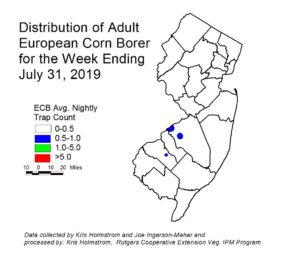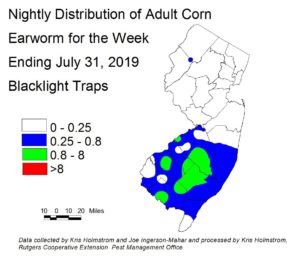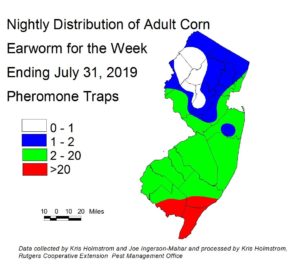The 1 day pre-harvest intervals (PHI) listed for Select 2EC, Select Max, and Poast herbicides in the pepper section of the 2019 Mid Atlantic Commercial Vegetable Production Recommendations is false.
The actual PHI as found on the most recent labels of these herbicides are as follows:
- Select 2EC: 20 days
- Select Max 0.97EC: 20 days
- Poast 1.5 EC: 7 days
Errors will be addressed in the 2020 updated version of the guide.



